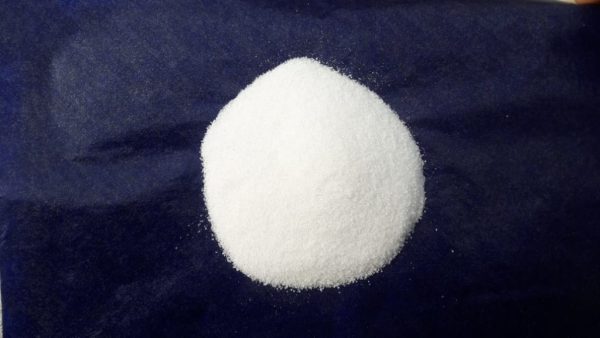
In daily life, quartz powder permeates every aspect of life, ranging from the blank and glaze of porcelain to the main raw material of construction machinery. Quartz powder is an indispensable and most common refractory material in our life.
Some people may ask, what is the difference between quartz powder and quartz sand, which are similar in shape?
The production process of fine quartz sand is cumbersome. First, it is washed with water, then crushed, and then sieved into various specifications of quartz sand. After processing, the processed quartz sand has its own unique slippery fineness of more than 300 mesh.
Quartz powder (same as quartz sand) is also called silica powder: quartz sand is a hard, wear-resistant, chemically stable silicate mineral, its main mineral component is SiO2, and the color of quartz sand is milky white, or colorless and translucent Shape, hardness 7, brittle without cleavage, shell-like fracture, grease luster, density 2.65, bulk density (20-200 mesh is 1.5), its chemical, thermal and mechanical properties have obvious anisotropy, insoluble in acid , Slightly soluble in KOH solution, melting point 1650°C.
After the quartz stone mined from the mine is processed, the product with a fineness of more than 120 mesh (less than 120 mesh) is called quartz sand. Products with more than 120 meshes are called quartz powder.
Quartz powder is divided into two production methods: dry method and water method, and various conventional specifications: 120M, 200M, 260M, 325M, 600M, 800M, 1000M and 2000M (M is the mesh number).
In addition, special-shaped specifications can also be processed according to customer requirements, and those that require particle size distribution can also be processed.
Uses: Manufacture of glass, refractory materials (charge), smelting ferrosilicon, coatings, rubber fillers, metallurgical fluxes, ceramics, grinding materials, metal surface treatment, etc. It has a strong ability to resist acidic medium erosion in construction, Preparation of acid-resistant concrete and acid-resistant mortar.
Quartz powder is not divided into grades, only specifications. Because of its high whiteness, no impurities, and low iron content, it has a wide range of applications.
Glass: the main raw material of flat glass, float glass, glass products (glass jars, glass bottles, glass tubes, etc.), optical glass, glass fiber, glass instruments, conductive glass, glass cloth and special radiation-proof glass.
Ceramics and refractory materials: blanks and glazes for porcelain, raw materials for high silica bricks, ordinary silica bricks and silicon carbide for kilns.
Construction: concrete, cementitious materials, road construction materials, artificial marble, cement physical performance test materials (ie cement standard sand), etc.
Chemical industry: raw material of silicon compound and water glass, filling of sulfuric acid tower, amorphous silica powder.
Machinery: the main raw material of foundry sand, abrasive materials (sandblasting, hard abrasive paper, sandpaper, emery cloth, etc.).
Electronics: high-purity metal silicon, optical fiber for communication, etc.
Rubber, plastics: filler (improves wear resistance).
